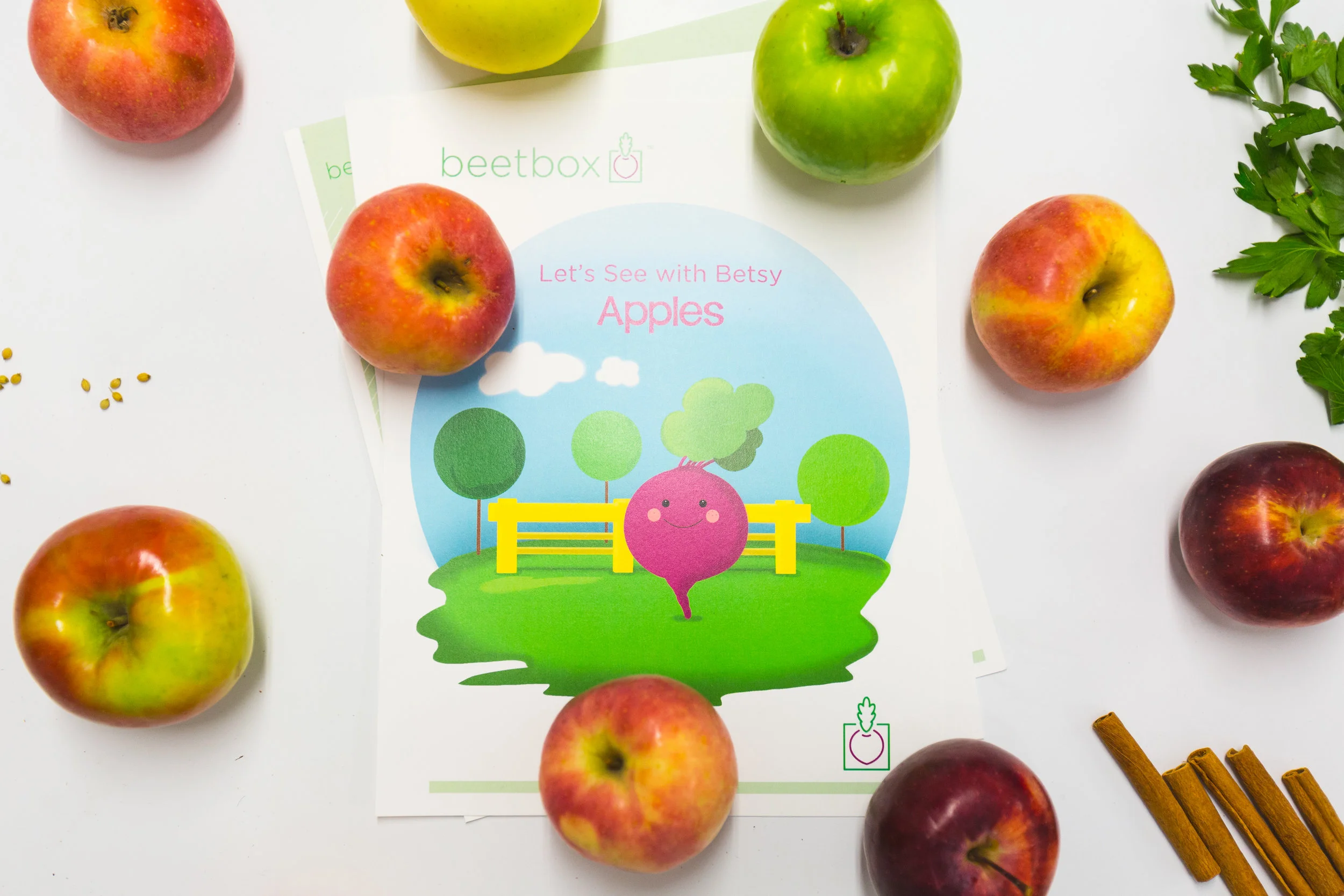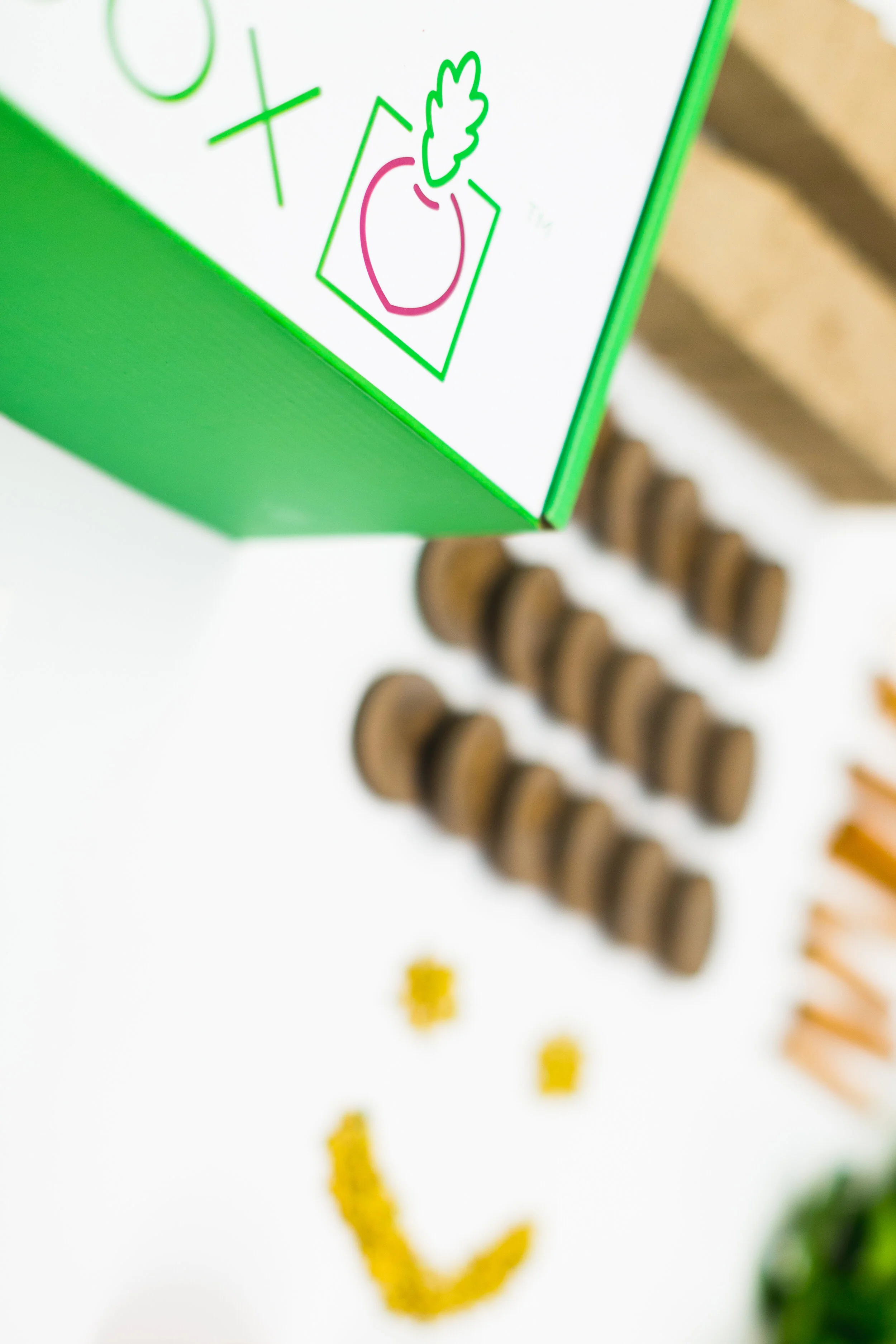How to Teach STEAM to Toddlers
Teaching toddlers is tough work! But you can use their natural curiosity to your advantage in designing STEAM based lessons or centers for them. One might think that subjects like math, science, and technology could be over a 2-year-old’s head, BUT, the truth is, the earlier we introduce these subjects to a child, the better! Age appropriate, child-centered projects are easy to implement for these little learners.
Let’s say you lay some cotton balls out in a tray, on a table. A science experiment for a toddler might follow this basic flow of exploration:
“I want to put this in my mouth, should I?” → “No, ew it tastes yucky.” → “I’ll use my hands and eyes to explore it instead” → “Oh, there is more than 1 cotton ball here!” → “Can I rip it? Or bounce it?”
While this may not seem so scientific to us, this toddler (in the most simple way) observed, then formed a hypothesis, tested it, then analyzed.
As an educator, there are 2 easy ways for you to provide STEAM opportunities to your toddlers:
1.) Provide resources and materials that safely facilitate independent exploration and inquiry
2.) Connect with children as they explore by asking questions such as “how does it feel?” “how does it taste?” “what color is it?” “what do you hear?” “how is the smell?”
Set up a STEAM table with materials that are safe for the children to explore independently, but also leave room for you to engage with them. Cotton balls, wooden blocks, pipe cleaners, string, cardboard pieces, plastic cups, foil, tissue paper, crayons, markers, stamps, canvas, fabric, sponges, styrofoam, rice, noodles, pipettes, kid safe tweezers, buckets, water, paint brushes, spoons, spatulas, strainers, tissue boxes, paper towel rolls, etc.
Don’t be afraid to combine 2 of the above materials in mismatched ways. For example, a pasta strainer and some pipe cleaners provide a wonderful opportunity for natural inquiry, combined with fine motor exercise. Or cotton balls and a small tray of water, which can spark a “before and after” discussion mixed with “wet vs dry.”
The most important thing is to remember that as toddlers, STEAM exploration is usually a first, so patience, understanding, and communication is key. Don’t be afraid to dive right in with your little learners, get your hands dirty, and have fun.




















